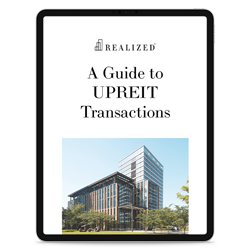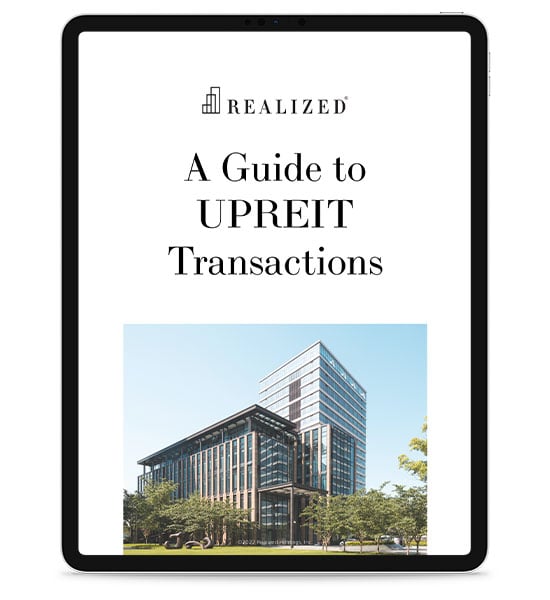
Investing in real estate portfolios can be lucrative, and UPREITs (Umbrella Partnership Real Estate Investment Trusts) present a compelling opportunity for property owners to transition into diversified real estate holdings. While UPREITs offer significant advantages, such as tax deferral and increased liquidity, understanding and managing the associated risks is essential to protect your investment and maximize returns.
What Is an UPREIT?
An UPREIT allows property owners to contribute real estate assets to a partnership in exchange for operating partnership (OP) units, which can later be converted into shares of a publicly traded REIT. This structure enables property owners to defer capital gains taxes while gaining exposure to a diversified portfolio of income-generating real estate assets.
Despite these benefits, UPREIT investments have inherent risks that require careful consideration. Below are the key risks and strategies to mitigate them.
Key Risks in UPREIT Investments
1. Market Volatility
As publicly traded entities, REIT shares and OP units are vulnerable to market fluctuations. Economic downturns, rising interest rates, or unfavorable conditions in the real estate sector can negatively impact the value of your holdings.
Potential Mitigation:
Focus on the quality and diversification of the REIT’s portfolio. Evaluate whether the REIT’s assets are spread across various property types (e.g., residential, commercial, industrial) and geographical locations to reduce exposure to sector-specific or regional risks.
2. Loss of Control
When contributing a property to an UPREIT, you relinquish direct control over the asset. Decisions regarding property management, development, or disposition are made by the REIT’s management team, which may not align with your preferences.
Potential Mitigation:
Conduct thorough due diligence on the REIT’s management team. Assess their track record, transparency, and alignment with investor interests. Regular communication with the management team can also provide reassurance.
3. Tax Implications
While the UPREIT structure allows for tax deferral on the initial transaction, converting OP units to REIT shares is a taxable event. Additionally, REIT distributions are taxed as ordinary income, which may be subject to a higher tax rate than long-term capital gains.
Potential Mitigation:
Consult a tax professional to fully understand the tax implications of your investment strategy. Explore options such as holding OP units longer to defer tax liabilities or utilizing tax-advantaged accounts to mitigate the impact of REIT distributions.
4. Liquidity Concerns
While publicly traded REIT shares are more liquid than direct property ownership, OP units are less liquid. Partnership agreements may impose restrictions on when and how OP units can be converted into REIT shares.
Potential Mitigation:
Carefully review the terms of the UPREIT agreement to understand conversion timelines and restrictions. Maintain a diversified portfolio with other liquid assets to ensure financial flexibility.
5. Potential Dilution
REITs often issue new shares to raise capital, which can dilute the value of existing shares. This dilution may impact the market value of your converted REIT shares or OP units.
Potential Mitigation:
Monitor the REIT’s capital-raising activities and evaluate how the funds are utilized. Favor REITs with disciplined capital management practices that prioritize long-term shareholder value.
UPREITs offer a unique opportunity for property owners to transition from direct ownership to a diversified and potentially more liquid investment. However, as with any investment, risks are an integral part of the process. By understanding these risks and implementing thoughtful mitigation strategies, you can better position yourself for success in UPREIT investments.
Engage with financial advisors, tax professionals, and real estate experts to craft a strategy tailored to your financial goals and risk tolerance. With the right approach, UPREITs can help unlock the full potential of your real estate assets while effectively managing the complexities of this sophisticated investment vehicle.



